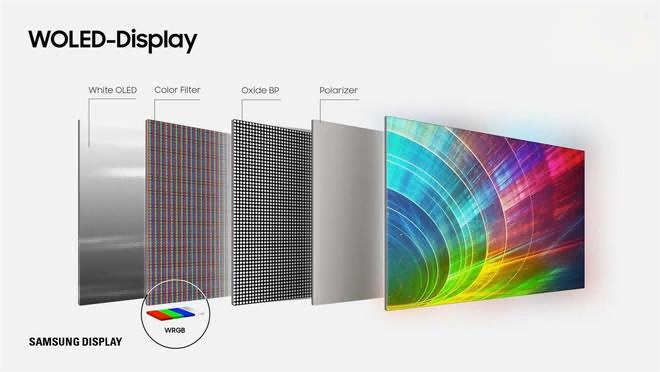BOE in Talks with Samsung for W-OLED Panel Supply, Signaling Shift in Display Industry Landscape
2025-08-29
According to a report by South Korean media Thelec, Chinese panel giant BOE is negotiating with Samsung Electronics regarding the supply of W-OLED panels. Industry insiders revealed that the two parties have held multiple meetings recently, primarily discussing the supply of W-OLED panels for monitors. Notably, Samsung also inquired about the possibility of BOE producing W-OLED panels for TVs, a move seen as a significant endorsement of Chinese display panel manufacturers’ capabilities in high-end technology.

Capacity Layout and Market Opportunities
Currently, BOE operates an 8.5-generation W-OLED production line in Hefei with a monthly capacity of 2,000 sheets. While this production line has not yet achieved mass production of TV panels, it already possesses stable capabilities to supply panels for monitors. Meanwhile, the global OLED monitor market is experiencing explosive growth. Research data indicates that global shipments of OLED monitors are expected to reach 2.66 million units this year, an 86% year-on-year increase, with this growth trend likely to continue for the next five years. This rapid expansion is largely driven by strong demand in the gaming monitor market.

Competitive Landscape of Technology Routes
The display panel industry is witnessing competition among multiple technology routes. Samsung Display’s QD-OLED panels outperform W-OLED in color performance, while LG Display, which supplies W-OLED panels for TVs to Samsung, has not yet entered the monitor segment. This gap in the market presents a significant opportunity for panel manufacturers like BOE. It is worth noting that the fourth-generation W-OLED panel technology has recently made significant strides, with multi-layer stacking technology greatly enhancing product performance and lifespan. This development is expected to intensify competition among technology routes.

Impact on the Supply Chain and Development Prospects
Changes in the OLED panel supply landscape will provide downstream OEMs with more options. The diversification of display technologies will intensify market competition, ultimately benefiting consumers. For OEMs, a diversified panel supply base means better procurement terms and a more stable supply chain. Especially during the current restructuring of the global display panel industry, having multiple suppliers will reduce risks across the supply chain. As technology matures and costs continue to decline, OLED panels are expected to make breakthroughs in emerging applications such as automotive displays, smart home devices, and commercial displays.
With OLED technology accelerating its penetration into small and medium-sized applications, the entire display industry is poised to usher in a new wave of development opportunities. BOE’s negotiations to supply W-OLED panels to Samsung mark a milestone in Chinese display panel manufacturers’ ability to compete in the global high-end market. Analysts predict that the next five years will be a critical period for the widespread adoption of OLED technology. As production capacity increases and yield rates improve, the price gap between OLED and traditional LCD panels will gradually narrow, further driving market adoption and creating new growth opportunities for the entire display industry chain.

About CNK
Founded in Shenzhen in 2010, CNK Electronics (CNK in brief) expanded the world leading factory in Longyan, Fujian in 2019. It is a specialized and innovative enterprise specializing in the design, development, production and sales of display products. CNK provides customers with a full range of cost-effective small and medium-sized display modules, solutions, and services with excellent quality worldwide. Oriented in technology and high quality, CNK keeps sustainable development, works to offer customers better and stable services.



